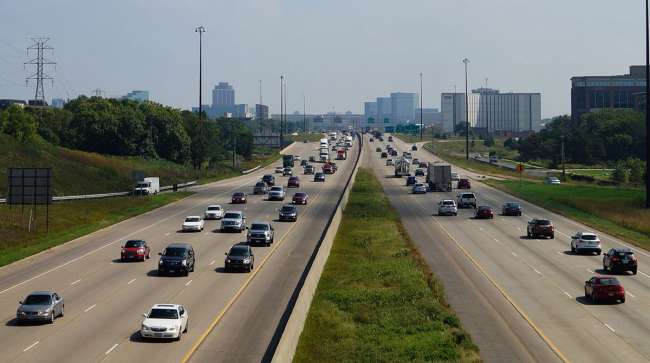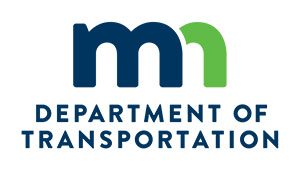Staff Reporter
Minnesota DOT Awards $61 Million for Freight Network Projects

[Stay on top of transportation news: Get TTNews in your inbox.]
The Minnesota Department of Transportation recently awarded $61 million for projects meant to improve the state’s freight transportation network.
MnDOT announced Dec. 7 that the funding will support 13 highway infrastructure projects specifically designed to improve freight mobility, safety and first- and last-mile connections.
The awards mark the second round of transportation funding offered through the Minnesota Highway Freight Program. The program offers funding for cities, counties, ports, airports, railroads and waterways that are conducting projects to benefit freight movement throughout the state.

“The projects selected through this program represent some of the highest freight needs in both Greater Minnesota and the Twin Cities metro area,” said Andrew Andrusko, Minnesota Highway Freight Program manager. “We are excited to work with state and local partners to improve freight efficiency and support commerce and jobs throughout the state during this critical time.”
According to MnDOT, trucking is an important mode of transportation for some of the state’s industry sectors, such as agriculture, mining, construction, utilities and warehousing.
The funding announced Dec. 7 represents projects selected to take place between fiscal years 2022-25. The first round of funding, issued in 2017, was for projects that occurred during fiscal years 2019-22.
One project, scheduled for fiscal 2024 and granted $1.5 million through the program, will expand truck parking options at the Burgen Lake rest area. Situated along Interstate 94, the Burgen Lake rest area is located in central Minnesota, 127 miles northwest of Minneapolis.
Some $8 million will be directed to reconstruct and modernize 117th Street in Inver Grove Heights, which is less than 20 miles south of St. Paul. The project, slated for fiscal 2024, is meant to improve first- and last-mile connections. The street the project focuses on provides a link to industrial plants and trucking facilities.
How did turkey-to-table change this year? What obstacles were suppliers going through to get turkeys to grocery stores? Join us as we talk with J.J. Smith, President of Valley Proteins, about how staying open-minded and flexible helped his business of delivering turkeys persevere. Hear a snippet, above, and get the full program by going to RoadSigns.TTNews.com.
The largest award, for $11.1 million, will support interchange improvements for the junction of interstates 494 and 35W in Bloomington, which is 10 miles south of downtown Minneapolis. The project is listed for fiscal 2025. I-494 forms a belt around the southern half of the Twin Cities metro area. I-35 is a north-west route that passes through Minneapolis and ends in Duluth. I-35 bifurcates in the Twin Cities area, splitting into I-35 West and I-35 East. The segments reconnect about 26 miles north of downtown Minneapolis.
Another substantial grant, for $10 million, is meant to improve mobility at the interchange between I-90 and U.S. Route 52 in southeastern Minnesota. The project is intended for fiscal 2024.
Projects were scored and selected using freight data, including truck counts, truck travel times, proposed crash rate reduction, access to facilities and project readiness.
MnDOT received 34 applications requesting a total of $178 million during the second round of funding.
In January, MnDOT awarded $18 million to support highway projects meant to spur economic development and smooth the flow of traffic. The funding was made available through the state’s Transportation Economic Development program, which MnDOT administers in partnership with the Minnesota Department of Employment and Economic Development.
Want more news? Listen to today's daily briefing:
Subscribe: Apple Podcasts | Spotify | Amazon Alexa | Google Assistant | More





